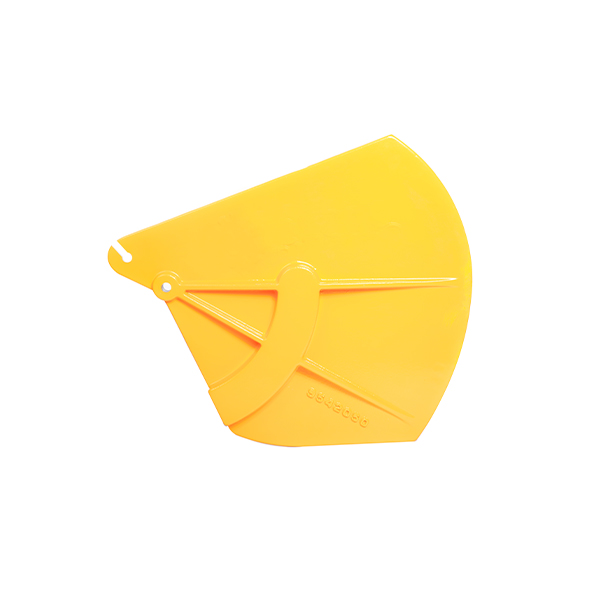Mobile:+86-311-808-126-83
Email:info@ydcastings.com
410 stainless steel castings
The Importance of 410 Stainless Steel Castings Properties and Applications
410 stainless steel, known for its unique combination of properties, plays a critical role in various industrial applications. This martensitic stainless steel is primarily composed of iron, chromium, and a small percentage of carbon, which gives it its hardness and corrosion resistance. The casting process of 410 stainless steel involves pouring molten metal into molds to create intricate shapes and components, making it an essential material in many sectors.
Key Properties of 410 Stainless Steel
One of the most significant characteristics of 410 stainless steel is its mechanical strength. With a high yield strength and impressive hardness, it can withstand heavy loads and high temperatures, making it ideal for applications requiring durability. Additionally, its ability to be hardened through heat treatment enhances its wear and abrasion resistance, allowing it to perform well in harsh environments.
Another critical property of 410 stainless steel is its corrosion resistance. While it is not as resistant to corrosion as some austenitic stainless steels, 410 offers reasonable protection against oxidation and mild corrosive environments. Its chromium content, typically around 11.5% to 13.5%, gives it enough resistance for applications where exposure to moisture or chemicals is limited.
410 stainless steel also has excellent weldability and machinability. This makes it straightforward to fabricate into complex shapes and structures, which is particularly advantageous when producing castings that require intricate design features.
Casting Process of 410 Stainless Steel
The casting of 410 stainless steel typically involves several steps. Initially, the raw materials, including stainless steel scrap and alloying elements, are melted in electric arc furnaces or induction furnaces at high temperatures. Once the metal reaches a molten state, it can be poured into molds to take on the desired shape.
410 stainless steel castings

The cooling and solidification process is crucial, as it determines the final microstructure of the casting. After cooling, the castings may undergo various finishing processes such as sandblasting, machining, or heat treatment to achieve specific physical and mechanical properties.
Applications of 410 Stainless Steel Castings
The versatility of 410 stainless steel castings allows them to be used in a wide range of applications. One of the most common uses is in the manufacturing of automotive and aerospace components, where high strength and resistance to heat are essential. This includes parts such as exhaust valves, compressor housings, and other critical engine components.
In the oil and gas industry, 410 stainless steel castings are employed for valves, fittings, and pipeline components that require resistance to wear and corrosion. Similarly, in the food processing and chemical industries, these castings are used for equipment that must endure contact with various chemicals and high temperatures, while also maintaining hygiene standards.
Furthermore, 410 stainless steel castings find applications in construction and infrastructure projects, including architectural elements, bolts, and other structural components that demand strength and reliability.
Conclusion
In conclusion, 410 stainless steel castings are vital in numerous industries due to their impressive mechanical properties, corrosion resistance, and versatility in applications. Their strength makes them suitable for high-stress environments, while their ability to be cast into complex shapes allows for innovation in design and functionality. As industries continue to evolve, the demand for durable and high-performance materials like 410 stainless steel will undoubtedly grow, highlighting the need for ongoing research and development in this essential area of metallurgy. Whether used in automotive, aerospace, or industrial applications, 410 stainless steel castings will continue to be a cornerstone of modern manufacturing and production techniques.
-
What Makes Stainless Steel Pump Casting Essential for Modern Industries?NewsJul.14,2025
-
Revolutionize Your Engine Maintenance with Premium Aluminum and Cast Iron ComponentsNewsJul.14,2025
-
Precision Flow Engineering Starts with the Right Pump ComponentsNewsJul.14,2025
-
Maximize Efficiency: Explore Reliable Containment and Crop SolutionsNewsJul.14,2025
-
Discover Superior Performance with Advanced Turbo ComponentsNewsJul.14,2025
-
Boost Fluid Dynamics with Precision-Engineered Pump ComponentsNewsJul.14,2025











